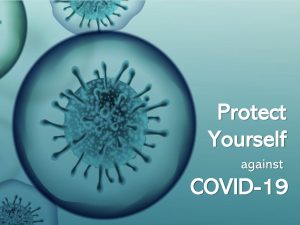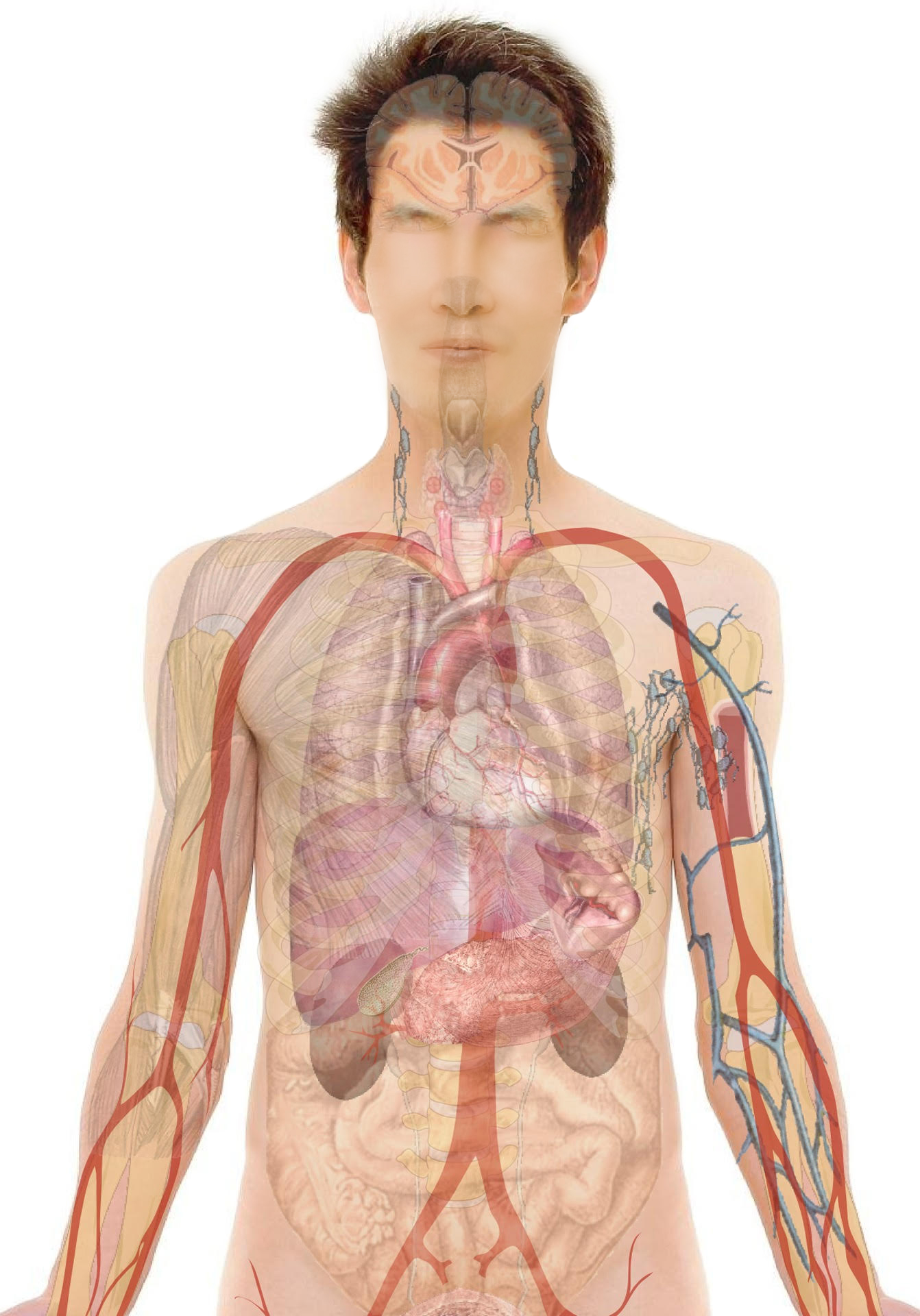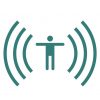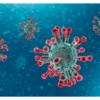Definition and Causes:
Huntington disease (HD) is a disorder passed down through families in which certain areas of the brain undergo degeneration (progressive break down) of nerve cells, called neurons. It is a slowly progressive disease characterized by abnormal movements, loss of intellectual faculties such as thinking (cognitive decline), and emotional disturbance (psychiatric symptoms).
HD is typically noticeable in 3rd and 4th decade of life.
If the disease begins before the age of 20 years, it is called juvenile Huntington disease, and may present differently with rapid progression in the disease course.
Causes:
It is a familial (genetic) disease, passed from parent to child through a mutated gene (called a gene mutation).
- Genes are composed of deoxyribonucleic acid, i.e. DNA
- DNA is shaped like a spiral ladder; each ladder is made up of 2 paired chemicals known as bases
- There are 4 types of bases
- Adenine (A)
- Thymine (T)
- Cytosine(C)
- Guanine (G)

These bases are paired in combinations to form a coded message. A gene is a long string of this DNA in various unique combinations of paired bases determining the gene function, i.e. the code or genes give us our characteristics, e.g. height, hair texture etc.).
- There are about 30,000 genes in an individual
- Genes are arranged in specific locations along the 23 pairs of chromosomes of each parent
- Gene can be dominant or recessive
The HD gene is called an autosomal dominant gene. This means it can be easily passed to the offspring even if only one parent has the gene.
If one parent is affected each child in the family, has at least 50 percent chance of inheriting the gene that causes the genetic disorder.
If a child does not inherit the HD gene, he or she will not develop the disease and cannot pass it to subsequent generations.
Autosomal Dominant Disorder

Symptoms:
During the course of the disease, the development of symptoms varies from patient to patient; symptoms are easily divided into:
1) Movement disorders:
The ability to produce and control movement is affected.
- Involuntary jerking or writhing movements (chorea)
- Involuntary, sustained contracture of muscles (dystonia)
- Muscle rigidity/spasticity
- Impaired gait, posture, and balance
- Uncoordinated fine movements
- Eye movements (slow/abnormal)
- Speech and swallowing difficulties
2) Cognitive disorders (category of mental health disorders that affect learning, memory, perception, and problem-solving skills) such as:
- Poor concentration; easily distracted
- Inability to start a task or conversation
- Difficulty planning, organizing and prioritizing tasks
- Difficulty in multitasking
- Rigid, inflexible thoughts
- Outbursts, acting without thinking and sexual promiscuity
- Problems with spatial perception that can result in falls, clumsiness or accidents
- Difficulty in learning new information
3) Psychiatric disorders (mental disorders affecting behaviour associated with distress or disability), such as:
- Feelings of sadness or unhappiness (depression)
- Social isolation
- Disrupted sleep pattern
- Feelings of worthlessness or guilt
- Suicidal ideation
- Changes in appetite
- Reduced sex drive
- Hallucination
- Paranoia
Investigations and Treatment:
INVESTIGATION:
The detection of the disease (diagnosis) is assisted by:
- Development of clinical symptoms (as above)
- Positive family history
- Genetic testing: Testing for something called CAG expansions helps to confirm the diagnosis
The physician will take a history including the family history and will perform a simple but detailed physical and neurological examination to check the muscle reflexes, strength/tone, hearing, eye movements, coordination balance and mood, and mental status; to decide if the psychiatric referral is required.
If the clinical suspicion is strong even without a positive family history, genetic may be advised.
Imaging:
To assess the structure/function of the brain
- Magnetic resonance image (MRI) brain: This machine uses a magnetic field over the body. The device looks like a long cylindrical tube. The patient lies on a table which slides into the cylindrical tube. Computer analysis of magnetic field generates 3-D images of the internal structures of the brain. These images may reveal changes at particular sites in the brain affected by Huntington disease, though they may not be apparent early in the course of the disease. The patient must lie still for about 30-60 minutes within the scanner. Patients who complain of claustrophobia or are uncomfortable in closed spaces may require mild sedatives to help relax
- Electroencephalogram (EEG): May be required in case the physician suspects the patient has experienced any seizure activity. Multiple wires containing tiny metal plates (electrode) at one end are placed over different points on the scalp. The other end being hooked to a computer, records the electrical activity of the brain on the screen or the paper as wavy lines. Abnormal brain activity (such as seizures) can be detected by observing the changes in the normal pattern.
Genetic counselling and testing:
The physician may recommend a genetic test for the defective gene. This test can confirm the diagnosis. Consultation with a genetic counsellor before undergoing genetic testing may be helpful.
The test only provides confirmation of having a disease and does not provide information for treatment strategies.
Predictive genetic testing (PGT): Is offered:
- To people who have positive family history of the disease, but shows no signs or symptoms
Reminder: The test result has
- No treatment benefit
- No indication when disease will begin or what symptoms are likely to appear first
Reason to do PGT:
- Some people are more stressed not knowing
- Prior to having children. This may help indicate the risk of developing HD and also transferring the gene to children
TREATMENT:
There is no cure for the disease. The goal is to slow down the progression of disease symptoms and help the person function normally for as long as possible:
Treatment Strategy:
- Non-medicinal treatment
- Treatment with medicines
Non-medicinal treatment:
Can be used to assist physical disabilities and mental conditions and includes:
- Physiotherapy: Improve/maintain posture, strength, coordination, balance, gait
- Occupational therapy: Assess for safety and need for assistive devices. Improve ambulation, avoid falls, and improve nutrition (eating)
- Speech therapy: Improve/maintain speech and swallowing
- Psychological therapy: Counsel patient and family members; assist with coping with skills
- Social work support: Help family prepare for deteriorating clinical course
- Assist with arrangements for (full time) supervision as required
- Suggest and assist with identification of alternate living arrangements (assisted living, nursing home) if required
Treatment with medicines:
A) Medications for physical symptoms (Movement disorder):
- Chorea (KO-Ree-AH): Is a brief, irregular movement, which is not repetitive or rhythmic but the movement appears to follow from one muscle to the next. A prominent movement disorder of HD which changes over time, it eventually peaks and then begins to decline. Treatment is initiated when chorea begins to interfere with voluntary activities like writing, cooking, eating or causes injury due to fall or accidents. It is worsened by stress, anxiety, depression and lack of sleep
- Akathisia (Ah-Ka-Te-See-AH): An extremely uncomfortable sense of restlessness, sometimes induced by the drugs used to treat chorea, depending on the course of the disease the physician may decide to discontinue treatment for chorea
- The drugs which may suppress the movement disorders associated with HD include tetrabenazine (Xenazine)
- Antipsychotic drugs, such as haloperidol (Haldol) have a side effect of suppressing movements. Other agents that may help are diazepam (Valium), and some antiseizure drugs such as, clonazepam (Klonopin)
B) Medications for psychiatric symptoms:
Antidepressants and antipsychotics (for violent outbursts), may be required.
Medications:
Some of the medications used in the treatment of HD:

Risk Factors and Prevention:
- If one parent has Huntington disease, then there is a 50 percent chance of a child developing the disease
- Very rarely, one may develop Huntington disease without having a family history, it is suggested to be as a result of a genetic mutation during sperm development
Outcome:
- There is no cure for Huntington disease
- Progressive impairment
- Life expectancy is ~15 to 20 years from diagnosis








